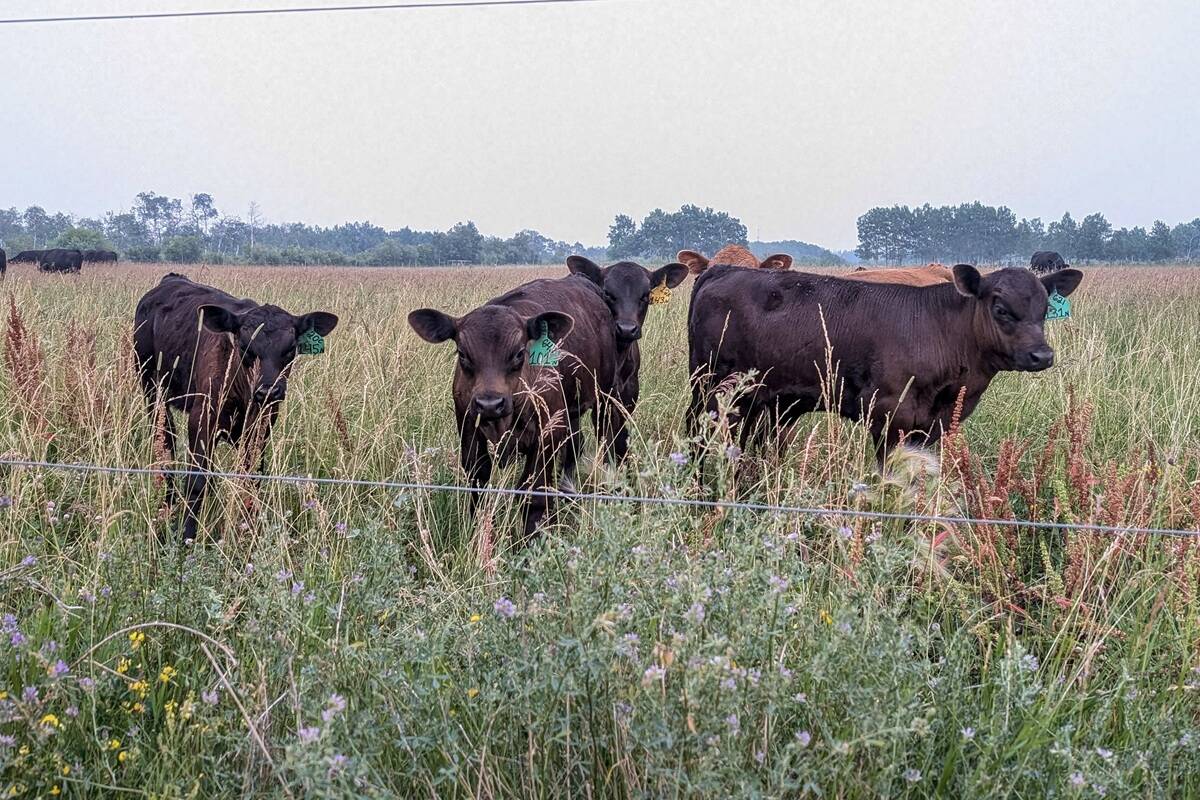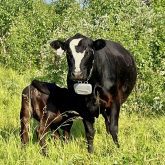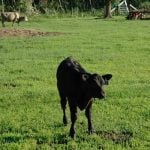Efficiency is the name of the game in agriculture these days, with a need to find the best ways to increase the capacity of a producer’s operation. Open any agriculture newspaper or browser, and you’ll likely see a story laying out all the details of a new type of agricultural technology.
At the University of Calgary, multiple research projects are focused on the burgeoning of new technology in the beef sector. Both Drs. Ed Pajor and Jennifer Pearson are working on studies involving new remote technology.
Bull study
Read Also

Methane-reducing solutions for beef cattle have a ways to go, say Canadian scientists
Companies developing vaccines that inhibit methane (CH4) production in cattle are facing challenges, say experts, and in the process finding their development is more complex than first thought.
Pearson started a study in 2020 looking at how to use remote monitoring technology to predict the siring capacity and health of bulls.
According to Pearson, on average one in five bulls fail the breeding soundness evaluation. Further research at the University of Saskatchewan reveals a few bulls sire most of the calves in a herd. And while a bull may have passed the breeding soundness evaluation as a yearling, cows may remain open.
Pearson says the breeding soundness evaluations are supposed to be the standard measure of a bull’s ability to breed. “But what are the other factors such as behavioural factors that might also be affecting that bull’s ability to breed cows and, therefore, sire calves?”
Researchers used video cameras and score sheets to evaluate the bulls in the field, as well as collars for the bulls to measure their behaviour.
Pearson says they chose a technology that wasn’t already on the market or usually sold to producers so they could evaluate it. The particular collar they chose is more commonly used in wildlife research, but allowed researchers to access the raw data.
Researchers noted proximity of bulls to each other, where they were located within the pen and how the bulls were moving. They broke the study into three projects: the pre-breeding period, the true behaviour of the bulls and identifying behavioural changes in the bulls.
For the pre-breeding period, Pearson says they want to see if the bulls display certain behaviours that might be associated with greater siring capacity. For example, if a bull is more active in the pre-breeding period and then sires more calves.
“Then maybe producers could potentially try and select bulls with those certain behavioural characteristics and create breeding groups based on that behaviour prior to turnout.”
Pearson says they want to use the remote monitoring technology to identify reasons, such as illness or lameness, for behavioural changes. She hopes to have preliminary results in a year.
Calf health study
Pajor is a professor of animal welfare at the University of Calgary faculty of veterinary medicine and is involved with WA Ranches, as well.
He is part of a research study involving remote technology that centres on identifying early disease indicators using technology. The idea is to help ranchers pick up on behavioural patterns so they can treat ill animals sooner and improve calf health, Pajor says.
“I also hope that through identifying those behaviours, we can encourage or stimulate other companies to develop new technologies that will capture those types of behaviours for the benefit of producers.”
Pajor says they’ve completed the first step of the study, which involved developing algorithms to identify behaviour that may be associated with disease. They also examined what type of information the technology could provide.
Pajor’s study uses the same collars as Pearson’s bull study. Pajor says they chose the collar because it can track many different things. With the calves, the collars expand as the calves grow from 14-21 days. The collars keep a record of data collected as well, such as when a calf nurses, how often it lays down and its location in the pasture. That information can hint at a possible illness.
“It’s a combination of direct observation, and then downloading the information from the technology, and then looking at the correlation between those to make sure that the technology is working well,” Pajor says.
From there, Pajor says the algorithm is used to confirm the data.
Pajor says the next step of this study will start in their next calving season, where they are obtaining more collars to monitor more animals.
While he recognizes the collars are currently too expensive for the average rancher to use on their operation, he says the collars are beneficial from a research perspective.
“What we hope to do is identify specific behaviours that could be used in more affordable technologies that would then be of use in predicting the onset of disease.”
Pajor says he anticipates being done with the study in 2025.
Pajor says there’s a huge movement to bring more technology into the beef sector.
“There’s just so many advantages to being able to identify animals early on to find where your animals are, to be able to treat and improve the health and productivity of your herd through the use of technology,” he says. “I think that’s definitely the way we should be going.”
Pearson says that although the technology they’re using isn’t feasible for producers right now, she could see that changing.
“The technology is getting better, and, therefore, because it’s getting better, it’s probably going to get cheaper as well. I think in the future wearable technology will become a thing that producers will use.”
















